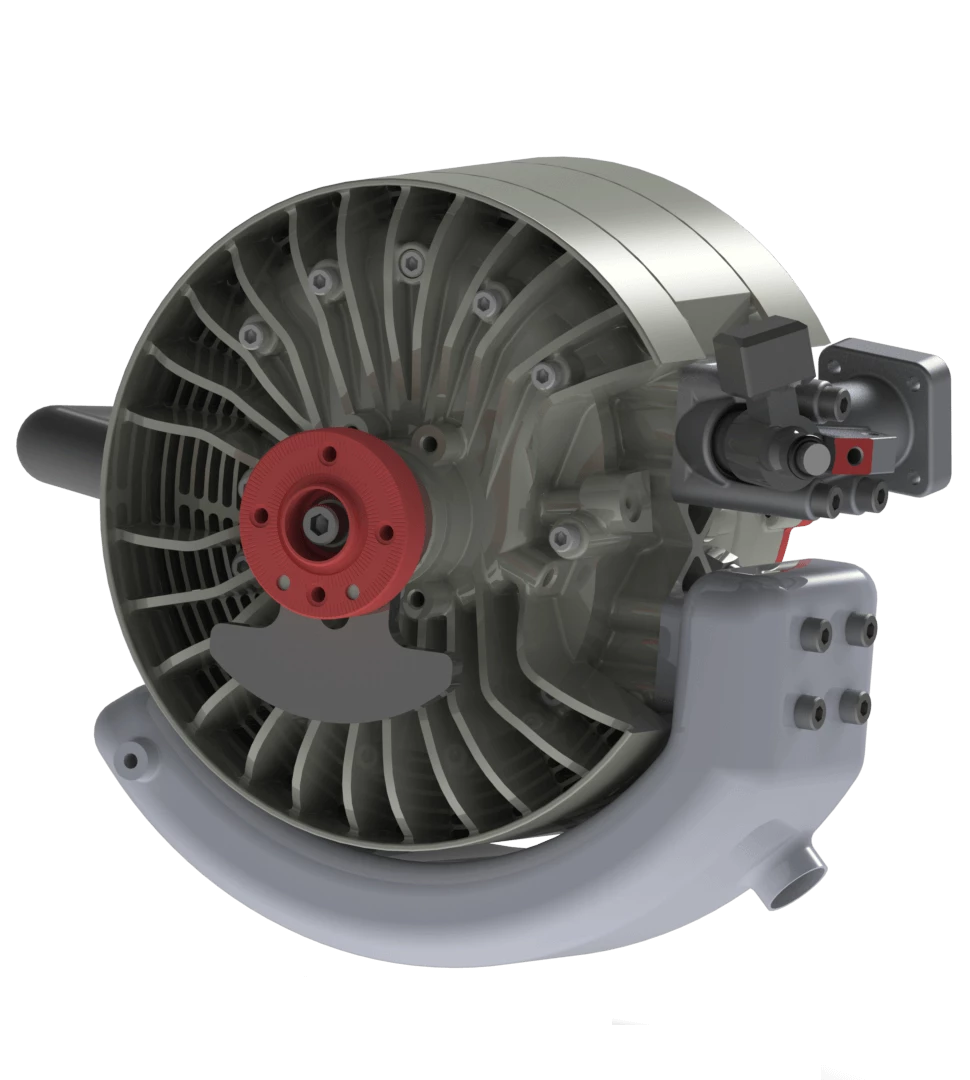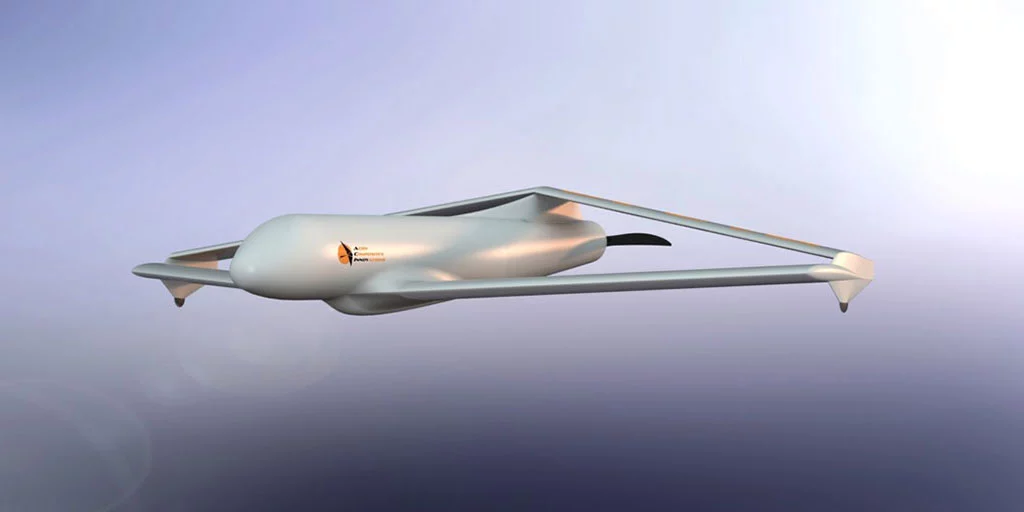The electric motor might carry the hype banner at the moment, but some minds remain convinced that there's plenty of innovation left to be extracted from internal combustion. AIE is one of the rotary engine's biggest champions and has been advancing new rotaries via the latest manufacturing tools and techniques since 2012. Its latest release shows that Wankel engines can be a perfect fit for compact, power-demanding applications in robotics and aerospace. More palmable than a basketball, the 40ACS Wankel packs a power-to-weight punch in a package that disappears away in small spaces.
The last time we looked in on AIE (Advanced Innovative Engineering), the British company was touring and testing its 120-bhp 650S, an automotive-grade rotary engine designed to replace a traditional four-cylinder or work as an EV range-extender. That engine remains the largest unit in its lineup, and the new 40ACS drops on the opposite end of the line as one of the company's smallest offerings.
AIE has long looked to capitalize on the power-to-weight advantages of rotary design, and the aforementioned 650S boasted a 1.94 hp/lb ratio when we looked at it during development back in 2016. It packed on a little weight in production, but its power-to-weight sits at a still-solid 1.55. It puts out 2.75 lb-ft (3.73 Nm) of torque at 8,000 rpm.
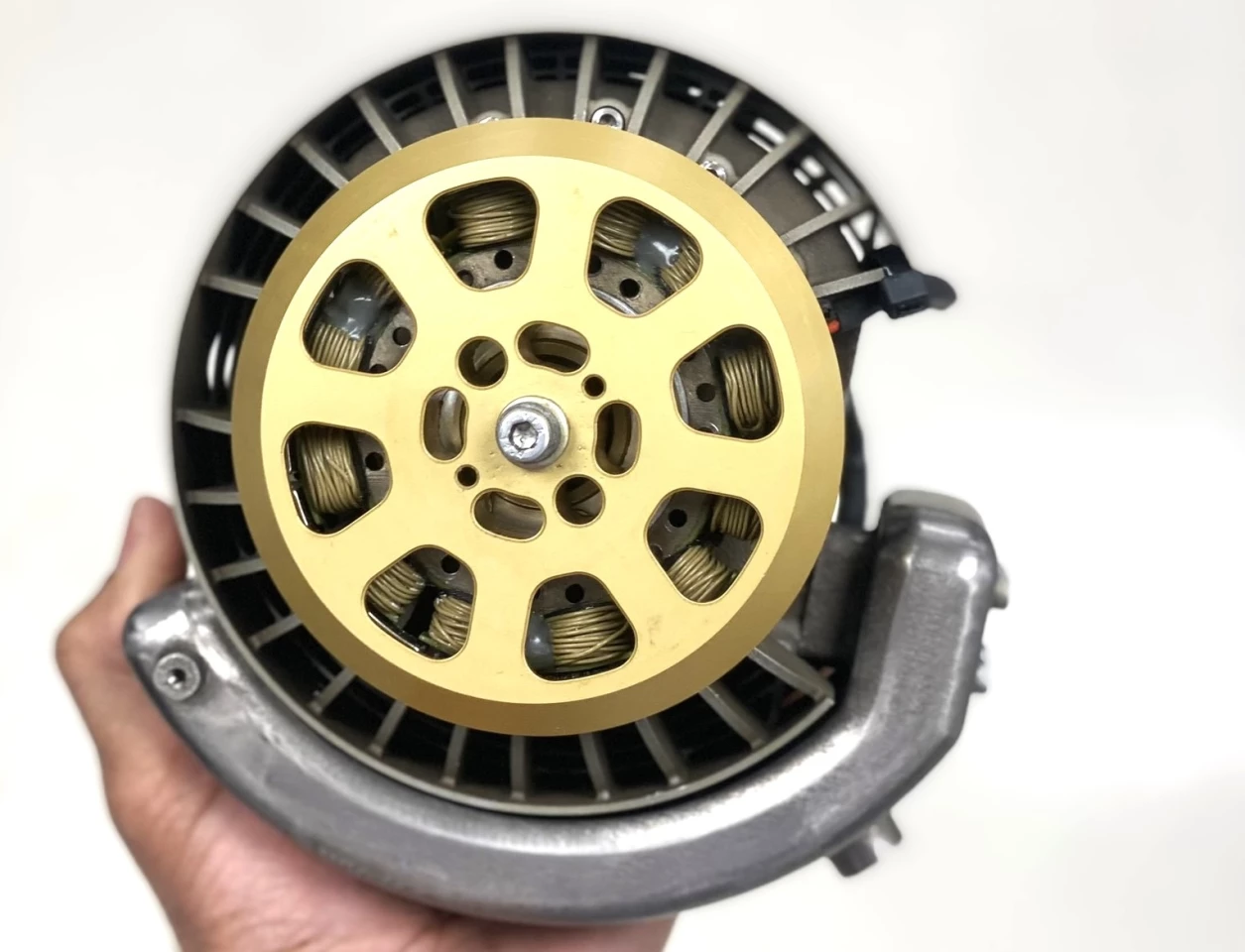
Named for its 40-cc displacement, the 40ACS doesn't hit quite as high a ratio, but it still pushes comfortably past the 1.0-hp/lb mark with a 1.14 resulting from a 5-hp output and 4.4-lb (2-kg) core weight. It measures in at 6.4 in (16.3 cm) tall by 7.7 in (19.5 cm) wide by 6.7 in (17.2 cm) deep.
Additive manufacturing has been a central component of AIE's plan since launch, and the company has long relied on it in creating complex, high-performance engine structures that are also compact and lightweight. It stresses that the additive process behind the production of the 40ACS' major components was integral toward creating a small, precise engine, enhancing durability and reducing material waste.
In addition to its additive-manufactured construction, AIE keeps the 40ACS' power-to-weight in that 1+ sweet spot by applying its compact Self-Pressurizing Air-Rotor Cooling System (SPARCS). A cornerstone of the company's rotary architecture, the air-cooled SPARCS system uses gases created during combustion for cooling, eliminating parts and mass in the process.
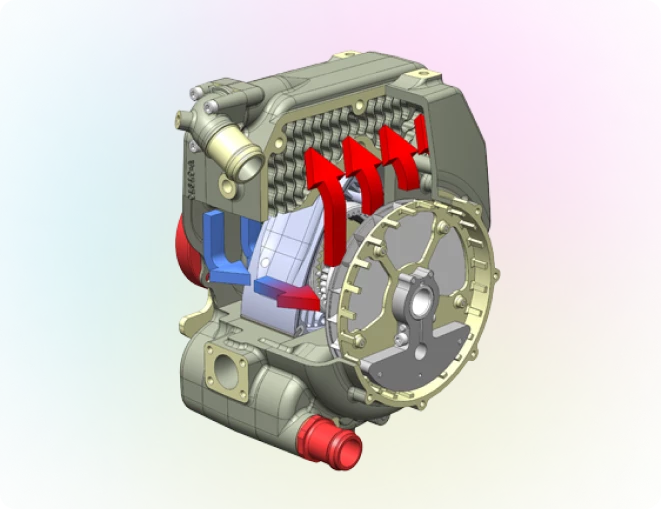
"This sealed, self-pressurizing system uses blow-by gases from the combustion process, which are continuously recirculated through the engine’s rotor and integrated intercooler," AIE explains. "With Compact SPARCS technology, you get a powerful, efficient engine that operates cooler, cleaner, and more reliably."
The 40ACS' efficient, power-dense design and small, slim size make it a natural for compact applications in which space is at a premium and power in high demand. AIE is targeting markets like unmanned aerial vehicle (UAV) propulsion systems and robotics. As compared to conventional engine solutions, the 40ACS can increase a UAV's flight time while cutting vibrations and improving operational efficiency, AIE says. The 40ACS has multi-fuel capability and can run on Avgas and various jet fuels.
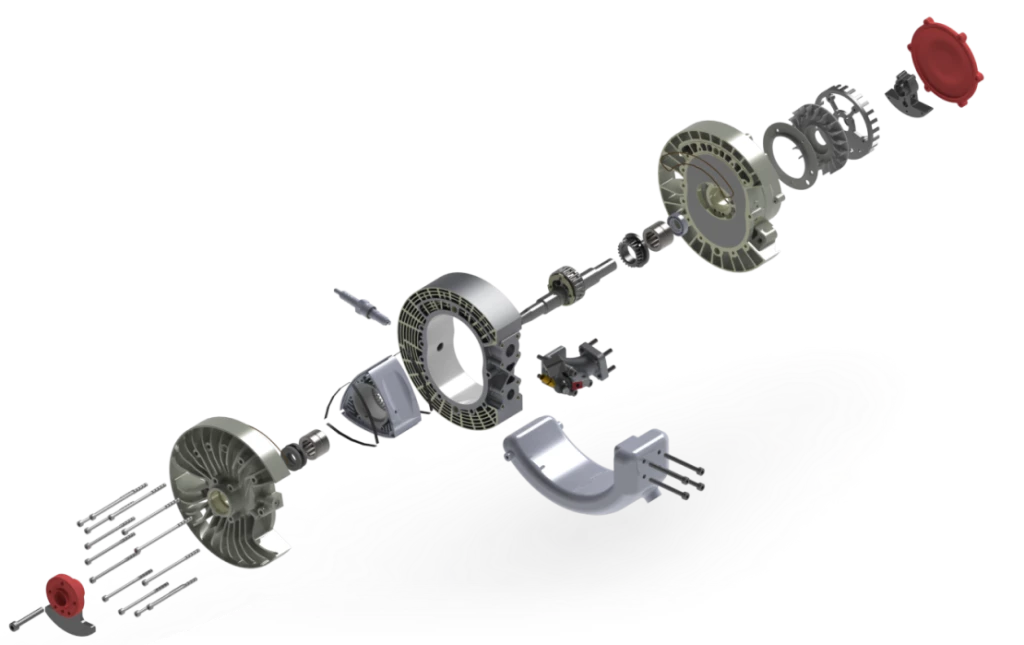
AIE announced the 40ACS launch last week, and interested parties can contact the company for more information or send in their engine specification requirements to get the ball rolling on a custom-built solution.
Source: Advanced Innovative Engineering



